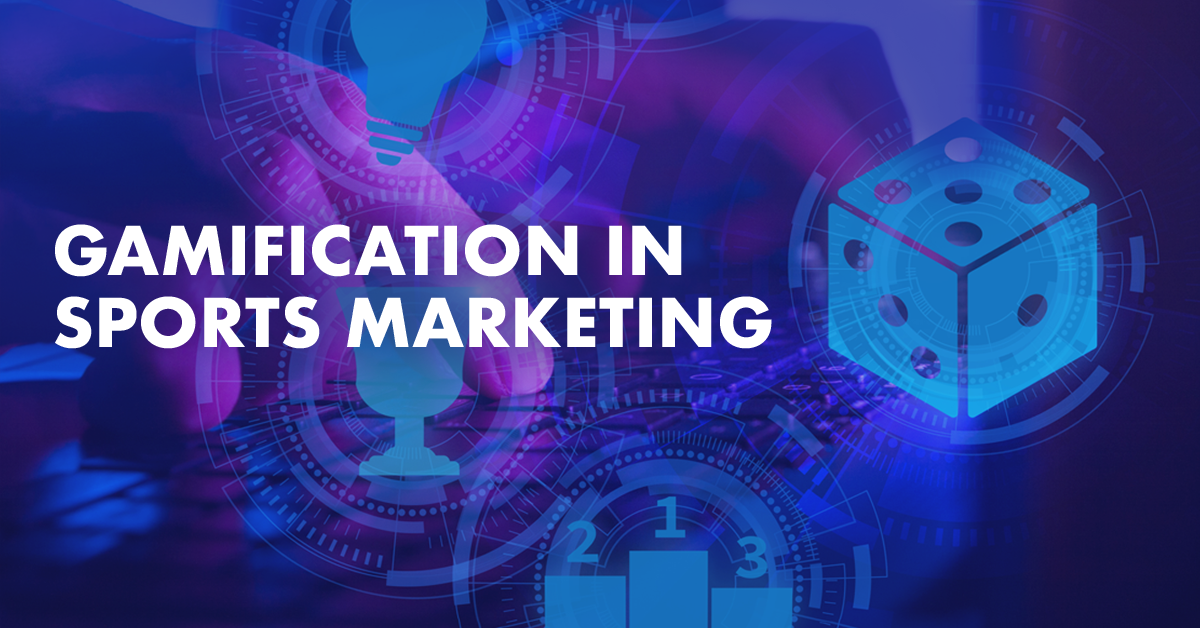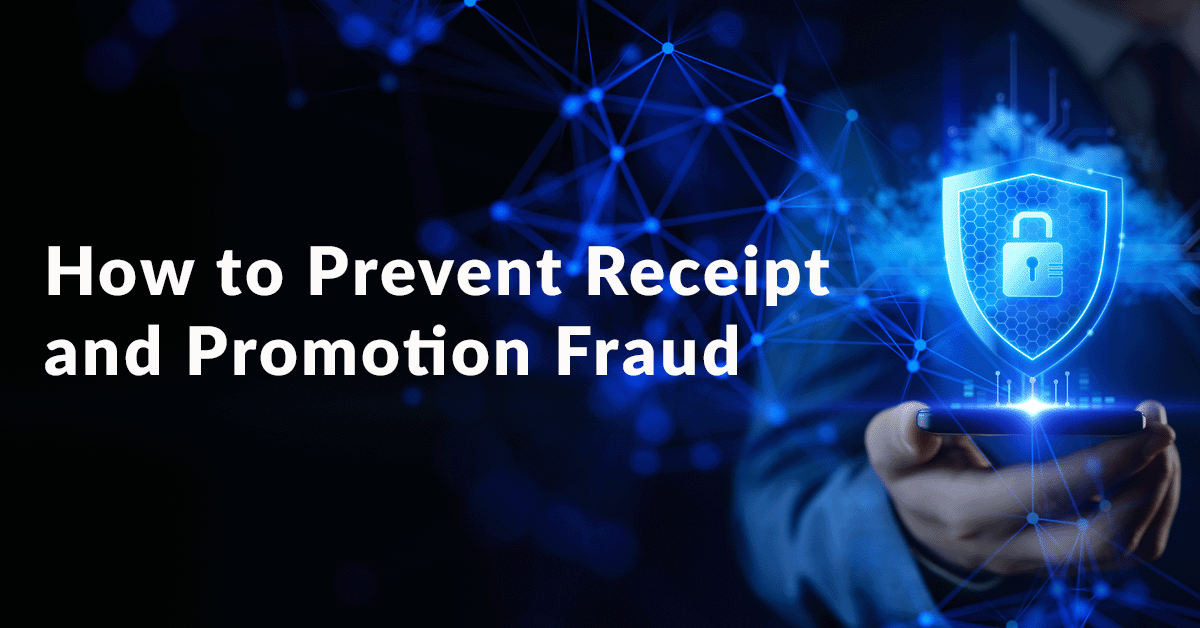Gamification in Sports Marketing - Statistics Powering the Playbook
Gamification is rapidly transforming the world of sports marketing, blending entertainment, competition, and fan engagement into immersive digital experiences. As sports audiences demand more interactivity and personalization, brands and teams are leveraging game mechanics like streaks, leaderboards, points, and rewards to deepen loyalty, drive participation, and boost revenue. From prediction games to fantasy leagues and Augmented Reality (AR) and Virtual Reality (VR) experiences, the landscape is evolving fast. This infographic explores trends and technologies driving gamification in sports marketing, and how theyʼre reshaping the fan journey both on and off the field.
Click here to download the infographic
1. North America Market Outlook
- The Sports Market
- The sports market generates $55.7 billion in revenue* and is projected to grow at a compound annual growth rate (CAGR) of 5.19% from 2025 to 2029.
- *B2C and B2B revenues based on media, merchandise, and ticket spending.
- Sports sponsorship is currently valued at $115 billion and is growing at an annual rate of 8.7%.
- The average revenue per user (ARPU) in the sports market is $196.3.
- The sports market generates $55.7 billion in revenue* and is projected to grow at a compound annual growth rate (CAGR) of 5.19% from 2025 to 2029.
- The Sports Betting Market
- The sports betting market brings in $18.5 billion in revenue, with a forecasted CAGR of 7.89% from 2025 to 2029.
- The sports betting market is expected to reach 56.9 million users by 2029.
- The ARPU in sports betting is $411.5, the highest across the segments.
- The eSports Market
- The eSports market also generates $18.5 billion in revenue and is expected to grow at a CAGR of 6.58% from 2025 to 2029.
- eSports platforms are projected to reach 72.5 million users by 2029.
- In esports, the Average Revenue per User (ARPU) is $21.5.
- The Fantasy Sports Market
- Fantasy sports is a $14.9 billion market, with projected growth at a CAGR of 12.9% from 2025 to 2030.
- The eSports player base is expected to grow to 62.5 million by 2029. Half of all U.S. adults have played fantasy sports at least once in the past 12 months.
- Daily Fantasy Sports (DFS) accounts for 90% of the total fantasy sports market.
2. The Power of Gamification
-
The global gamification market is currently valued at $8.6 billion and is projected to grow at a compound annual growth rate (CAGR) of 28.06% from 2025 to 2034.
-
72% of brands have adopted gamification elements in their marketing or engagement strategies.
-
Gamification drives a 37% increase in user engagement.
-
Brands using gamification report a 31% improvement in brand recall.
-
Gamified content leads to a 24% increase in the amount of time users spend engaging with brand content.
-
Conversion rates are 19% higher for gamified campaigns compared to non-gamified approaches.
-
Companies using AI-powered gamification tools see a 30% increase in customer satisfaction.
3. Key Trends and Drivers
-
There is growing adoption of technologies like AR, VR, and AI-powered gamification across sports and media.
-
Gamification plays a key role in consumer engagement, retention, and education.
-
Consumers increasingly demand unique, personalized, and interactive experiences.
-
AI is being used more extensively in data and analytics to optimize gamification strategies.
-
The rise of OTT and social media platforms is creating multicultural, global audiences.
-
Traditional sports are integrating with gamified formats, as seen with the NBA 2K League and F1 Esports.
-
Fringe sports like pickleball are attracting niche but highly engaged fan bases.
-
Real-time, live-action gamification is being enabled through creative automation and instant content generation.
4 - Gaming Mechanics That Work
- What Drives User Action?
- Status & Recognition: Badges, leaderboards, and ranks elevate perceived achievement.
- Personalization & Identity: Custom paths and rewards align with individual user traits.
- Motivation & Momentum: Streaks, tiers, and missions maintain consistent activity.
- Social Influence: Sharing, voting, and referrals activate community-driven engagement.
- Proven Tactics for Driving Behavior Change
-
Instant Win Games provide users with immediate rewards, encouraging repeat participation.
-
Streaks / Progressions motivate users to return consistently by tracking ongoing activity.
-
Punch Cards reward users after a set number of actions, reinforcing habit loops.
-
Missions / Challenges give users clear goals and a sense of purpose.
-
Quizzes test knowledge and create interactive learning moments.
-
Trivia engages users through quick, knowledge-based competition.
-
Voting (Brackets) invites users to influence outcomes, boosting emotional investment.
-
Time Limiting adds urgency by making opportunities or rewards available only briefly.
-
Badging recognizes achievements with visual rewards that signal progress.
-
Achievement Sharing encourages users to show off milestones, driving social engagement.
-
Referral Challenges incentivize users to bring others in, promoting organic growth.
-
Pick ’Em Games ask users to make quick predictions, increasing engagement through competition.
-
Prediction Games reward users for forecasting outcomes, tapping into skill and anticipation.
-
Fantasy Challenges involve users deeply with strategy and long-term gameplay.
-
Story Missions create immersive experiences through narrative-driven tasks.
-
Unlocks reveal new content or rewards based on user actions or milestones.
-
Levels / Tiers create structured progression and a sense of advancement.
-
Leaderboards drive competition by publicly ranking users based on performance.
-
5. Best Practices
-
Define Goals & Objectives - Clearly outline what success looks like — whether it’s engagement, retention, data capture, or brand awareness.
-
Select the Right Game Mechanics - Choose mechanics that align with your audience and objectives, such as streaks, leaderboards, or challenges.
-
Offer Compelling & Engaging UX - Design intuitive, visually appealing, and mobile-friendly experiences that are easy to navigate and rewarding to use.
-
Provide Meaningful Incentives & Rewards - Ensure that rewards — monetary or non-monetary — feel valuable and motivate desired behaviors.
-
Promote & Amplify - Use paid, owned, and earned channels to drive traffic and participation before, during, and after the experience.
-
Collect, Track & Measure - Gather relevant data to understand user behavior, performance, and ROI across every touchpoint.
-
Optimize & Repeat - Use insights to refine the experience, test new mechanics, and re-launch with improved effectiveness.
6. Turn Passive Customers into Active Participants
Gamification is becoming an essential play in the sports marketing strategy book. Itʼs no longer just about watching the game—itʼs about playing a part in it. By tapping into fansʼ competitive instincts and love for rewards, brands can creating more meaningful, interactive, and personalized experiences. Those who embrace these trends will be best positioned to capture and retain modern consumers, and long-term value. Learn how Snippʼs interactive gamification solutions can help drive participation, deepen engagement and loyalty while collecting valuable customer data.
Consult with one of our experts to develop your interactive gamification solution, contact us by clicking here.







